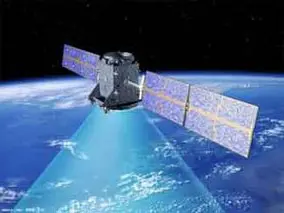
In textbooks, you can read about the water cycle in nature. The sun heats the surfaces of rivers and oceans, tiny water particles rise into the atmosphere, condense into clouds, and fall back to Earth as rain. Rainwater flows into rivers, then into seas, and once again rises into the air to pour down as rain, or fall as snow or dew.
However, despite this cycle, it has been established that the amount of water on Earth is decreasing.
There is not a single patch of land on our planet that has not once been the bottom of the sea. The emergence of continents and numerous islands is the result of not only geological processes but also the reduction of water on Earth.
So where does the water go?
Soviet scientists helped find the answer.
It turns out that our daytime star, the sun, is stealing water from the Earth. Powerful streams of solar radiation bombard the upper layers of our planet’s atmosphere, breaking apart air molecules, and the hydrogen within them (the lightest of Earth’s gases) escapes into space.
According to scientists’ calculations, since the Earth cooled and was covered with oceans and lakes, the sun has evaporated a layer of water approximately 6 meters thick.
And all this mass of water, breaking down into hydrogen and oxygen atoms, has left the Earth and dispersed into the vastness of the universe, never to return.
